Introduction to Birding the Yucatan
Merida, Mexico is the self-proclaimed safest city in Mexico. Spoiler alert: It lived up to its reputation. We traveled the region extensively in the 5 days we were there, many times alone on jungle trails and many times in densely populated cities and towns. Not once did we ever find ourselves in a situation that made us nervous. Not once did we feel like we were getting hustled by aggressive street vendors trying to sell their trinkets or drag you into their shop or scam us. It was a real contrast to our time in Cancun and Chichen Itza a few years ago, where aggressive street vendor behavior was the norm.
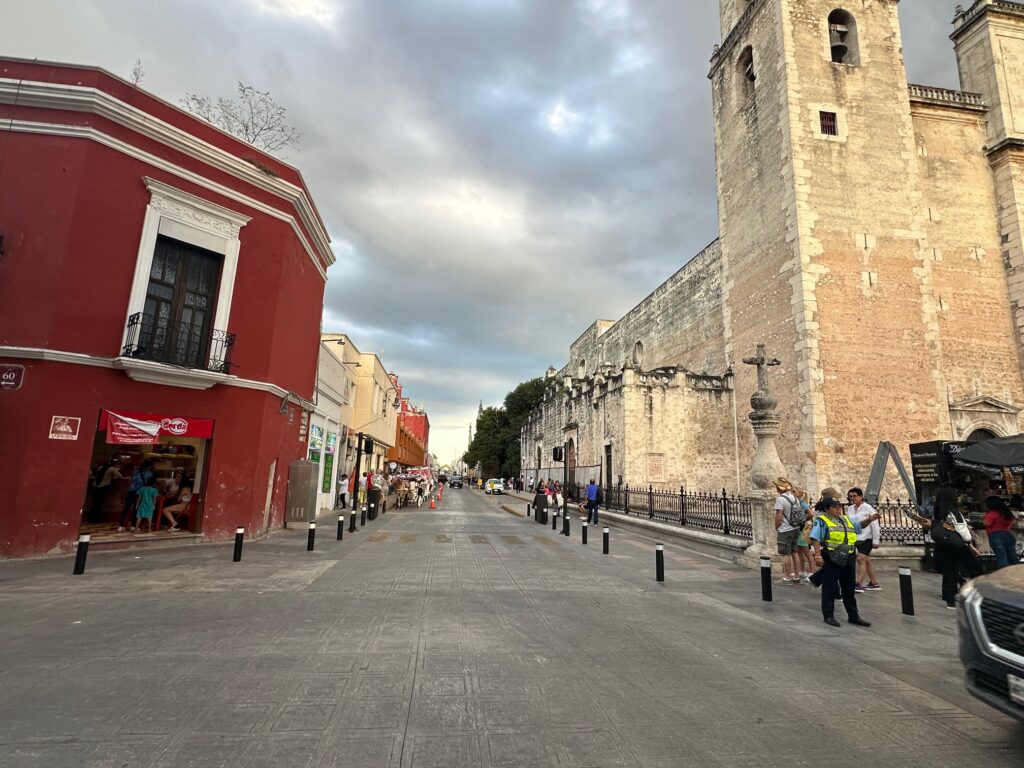
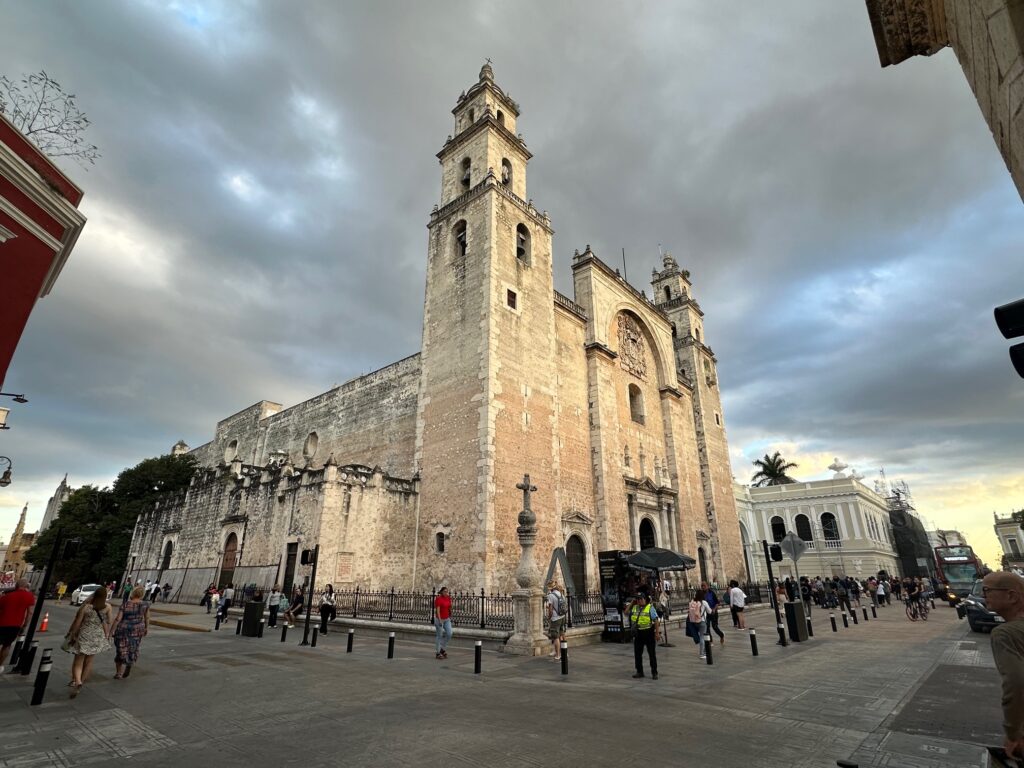
Ordinary people that we would encounter along the trip were always very courteous and open. We practiced our Spanish, a lot!
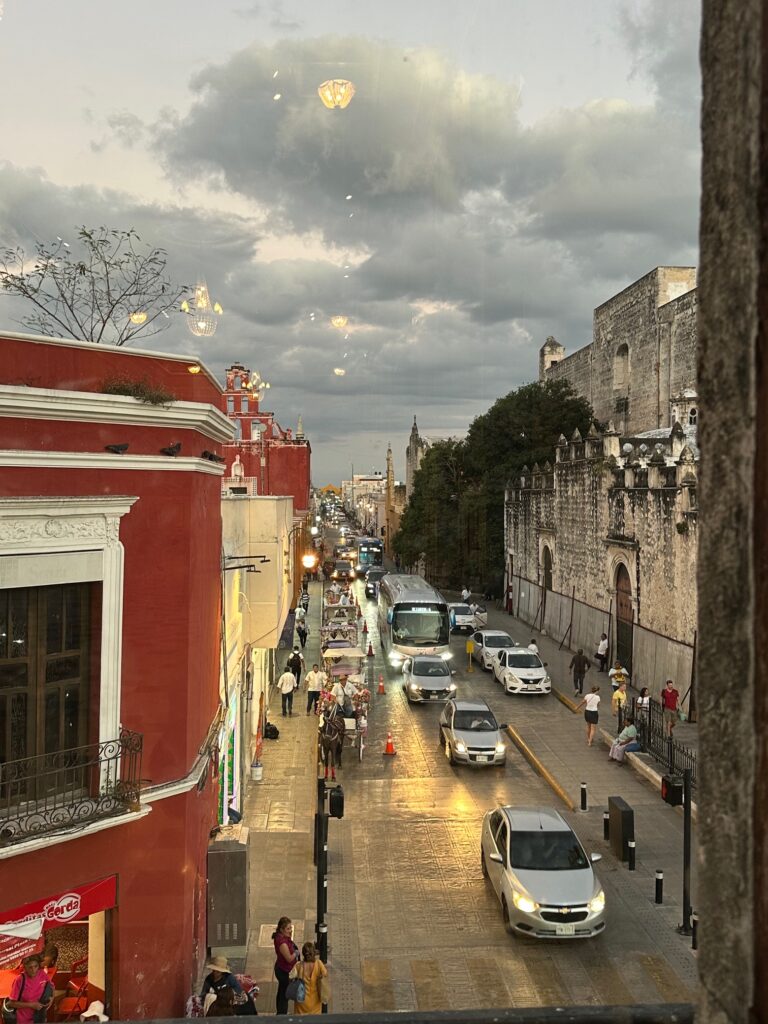

As I was researching the birding in the area, I quickly realized that there are a lot of birds whose common names are Yucatan this or Yucatan that. From that I quickly formed my goal of finding all the birds with a Yucatan common name with the exception of the two nightjars, Yucatan Poorwill and Yucatan Nightjar which would be more challenging due to being nocturnal and not as common in the Merida area of the Yucatan.
What remained were Yucatan Jay, Yucatan Vireo, Yucatan Gnatcatcher, Yucatan Flycatcher, Yucatan Woodpecker and Yucatan Wren. How many could I find and how many other lifer birds could I find?
Day 1 – South to Uxmal
The day started early with a trip to a city park in Merida called Parque Acuaparque. This turned out to be a great start and right in the urban area of the surprisingly large city. In total 36 species were identified, and some really nice photos were taken. My main target for the location was the Turquoise-browned Motmot. After walking around the water and taking some really nice shots, I noticed a wooded area off to the side and felt like that was the likely location for the reported Motmot. It didn’t take long to find and photograph this bird.
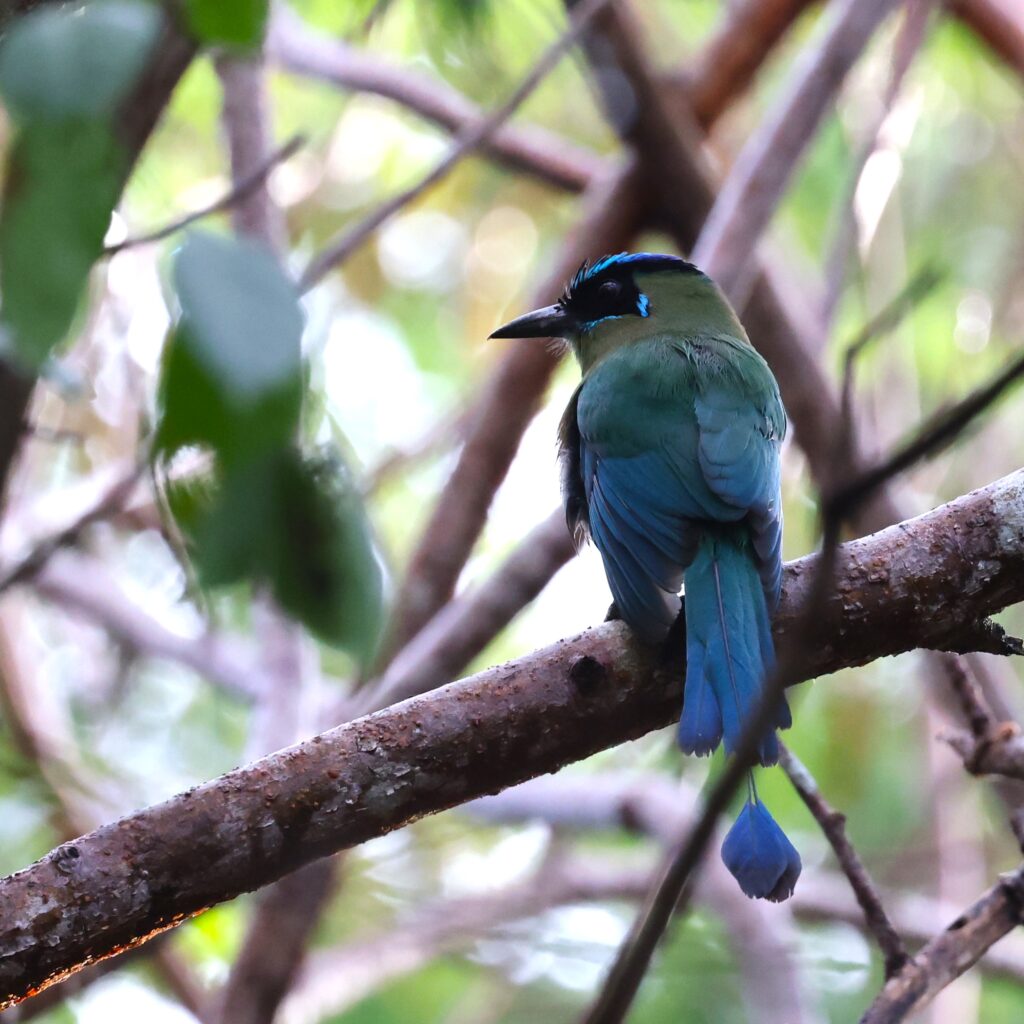
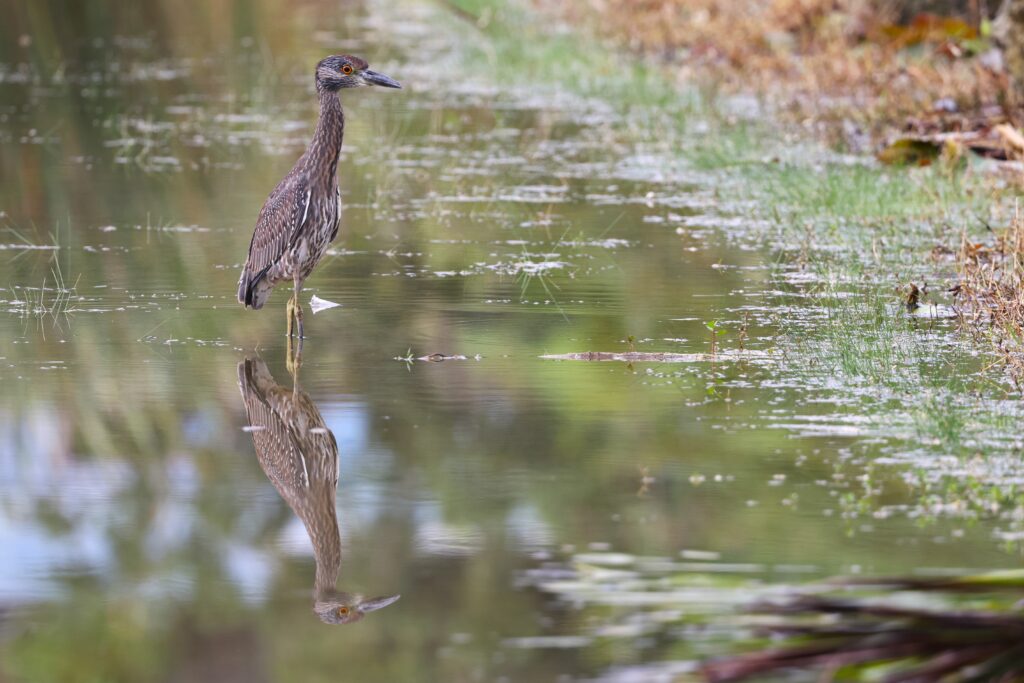
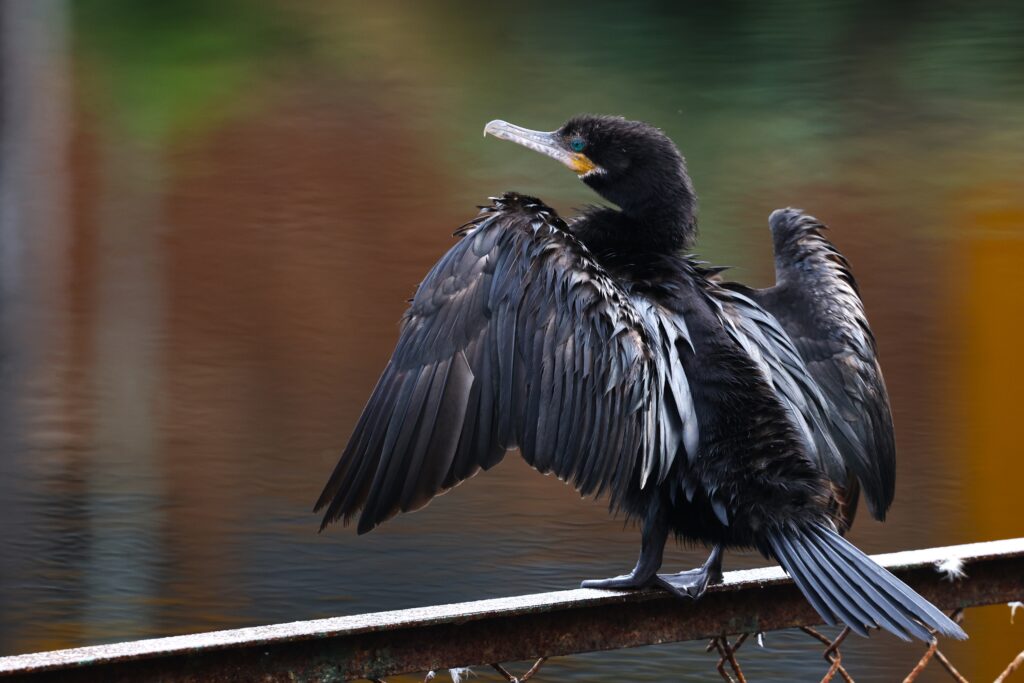
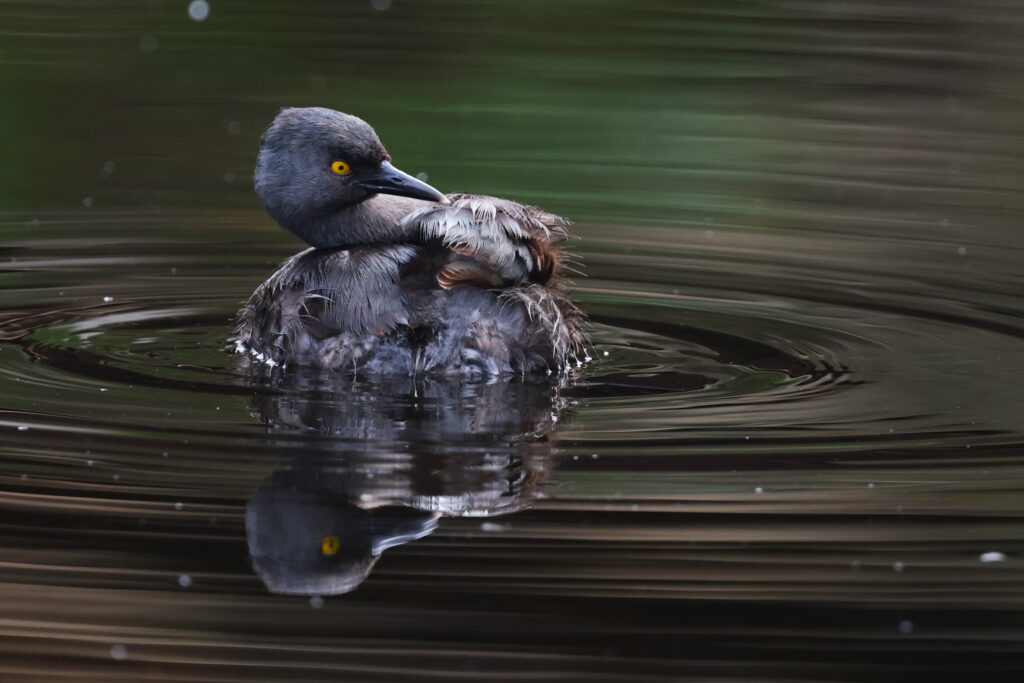
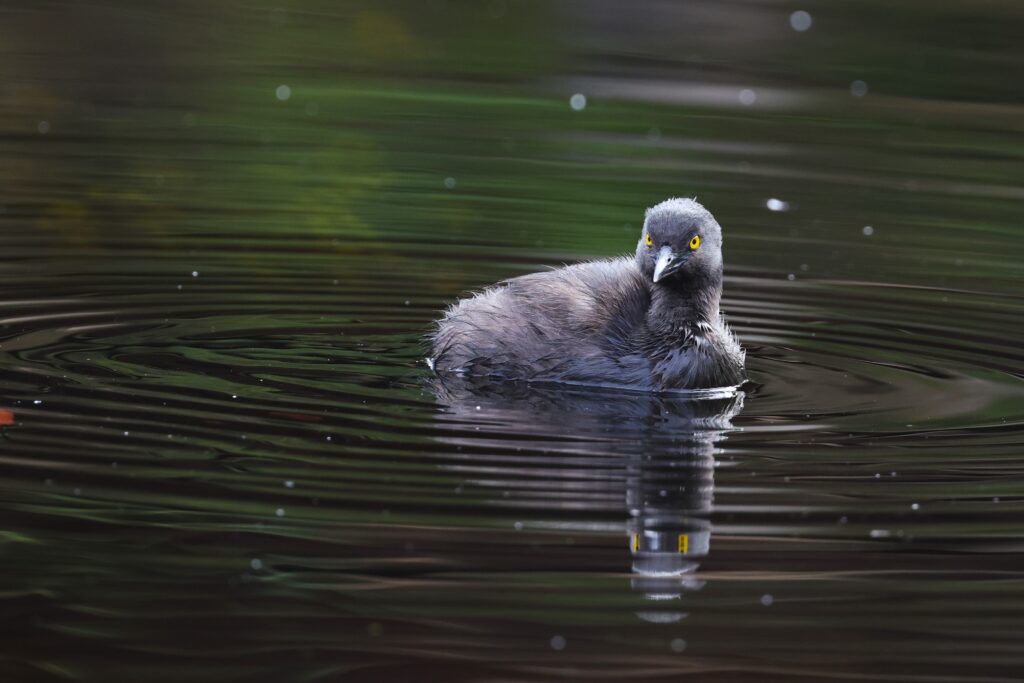
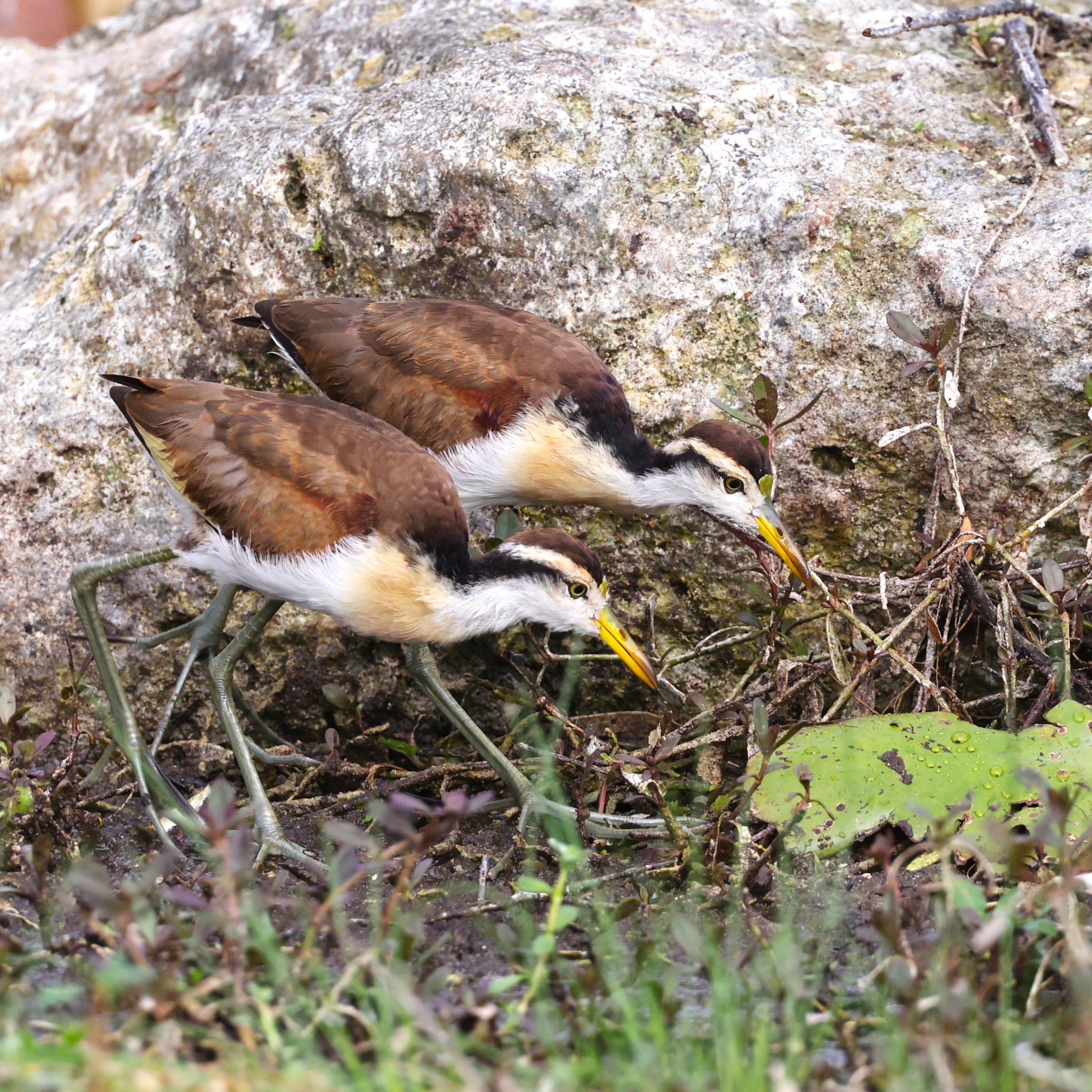
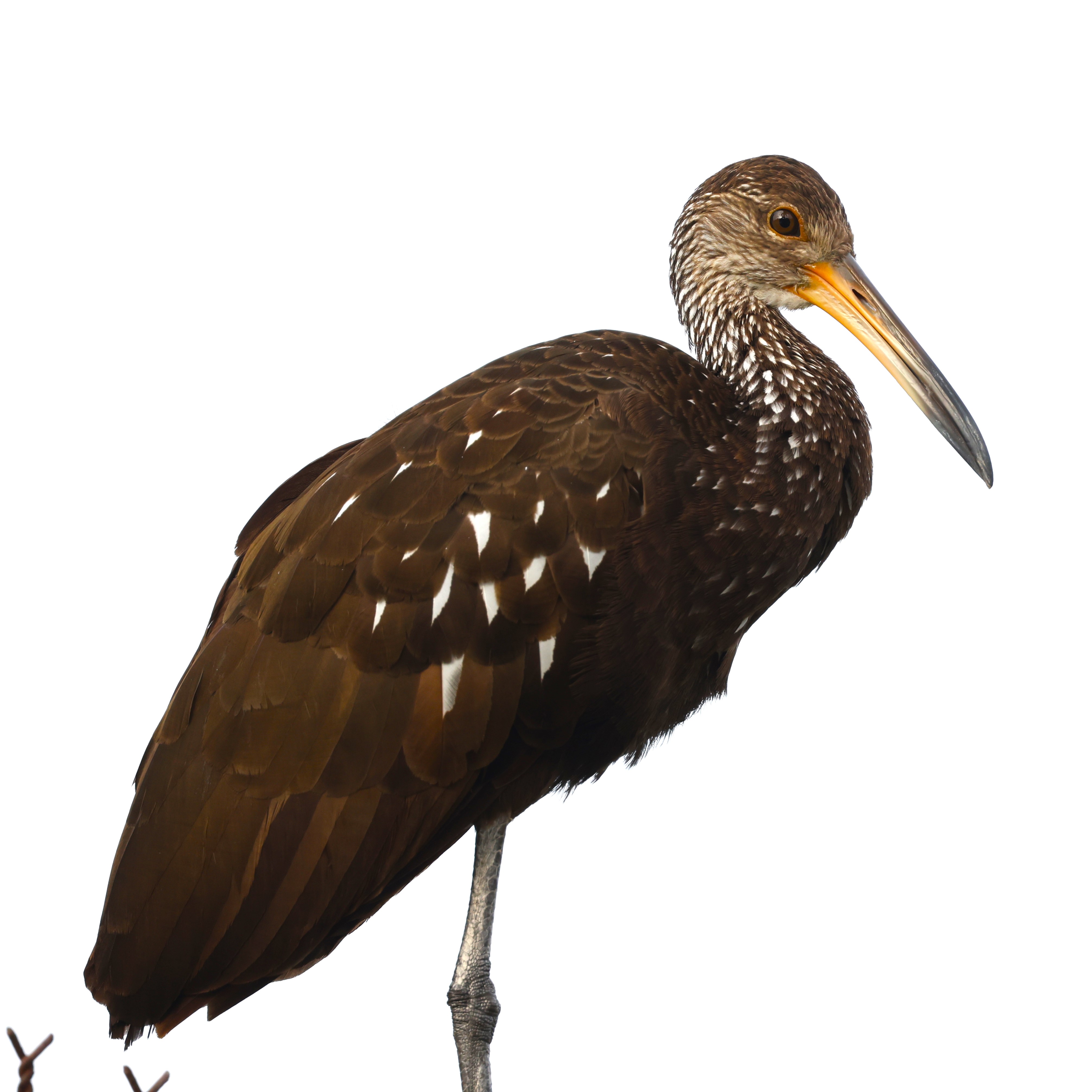
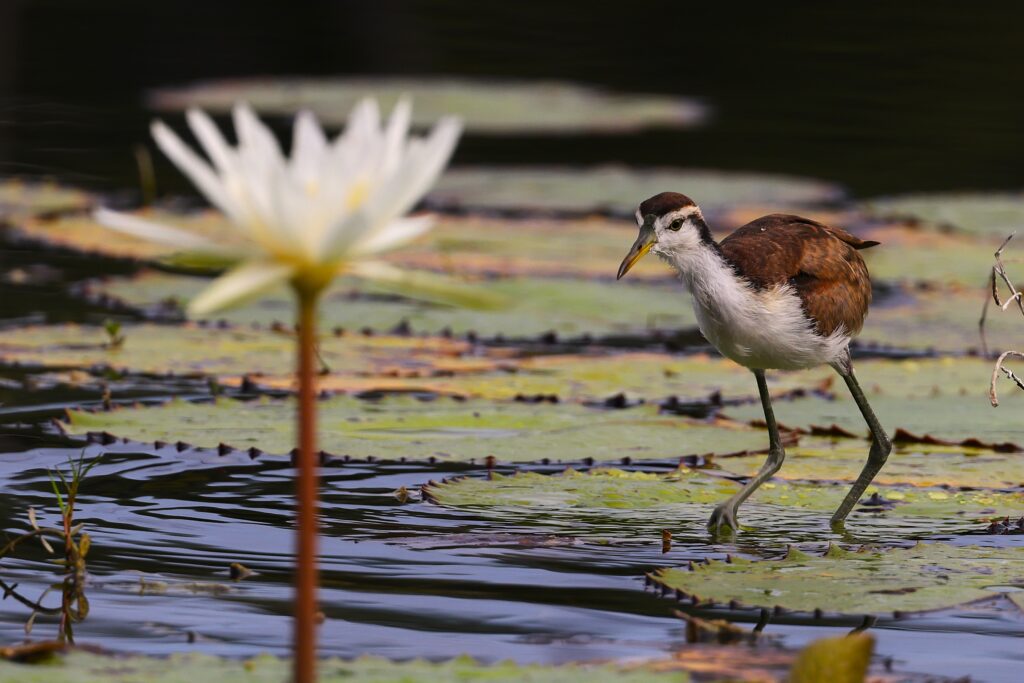
Uxmal rivals Chichen Itza in its grandeur. One big difference: way less touristy. We arrived after lunch and found very few people wandering the grounds and a very high degree of control on vendors. I will never forget the assault of dozens of very aggressive vendors while walking down the sidewalk to the entrance of Chichen Itza. The grounds are expansive, and the ruins are in great shape. The main temple is as impressive as the more famous Chichen Itza. We walked the grounds for a couple of hours and left at closing time. Twenty-three species of birds were observed including two new lifers: Rose-throated Becard and Mangrove Vireo. This was nice, but the unrivaled highlight was a close encounter with the very common Ferruginous Pygmy Owl.
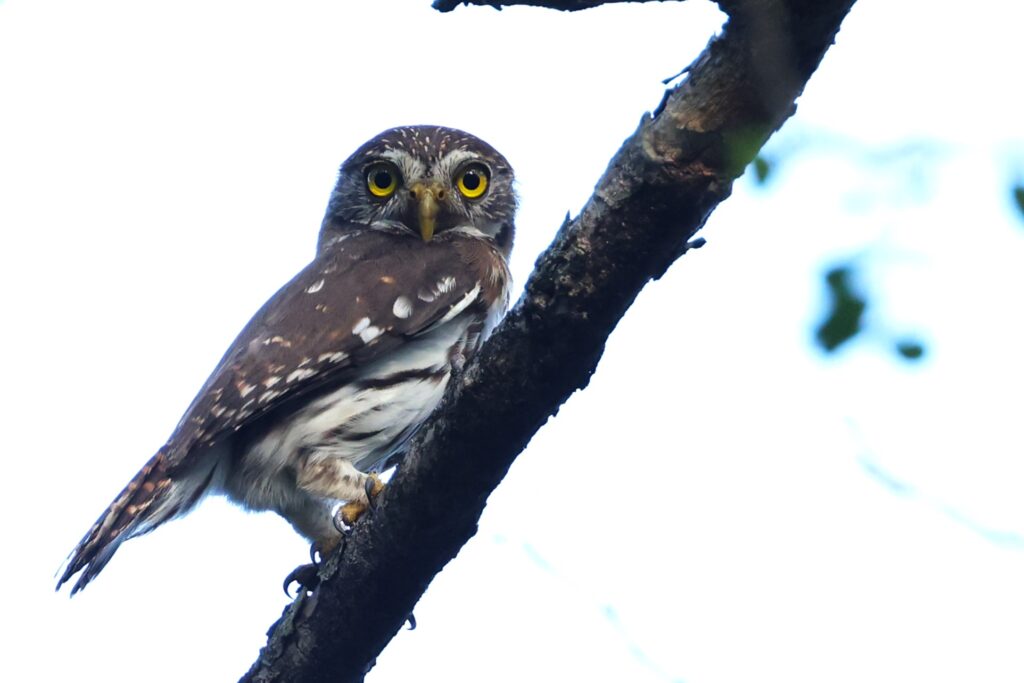
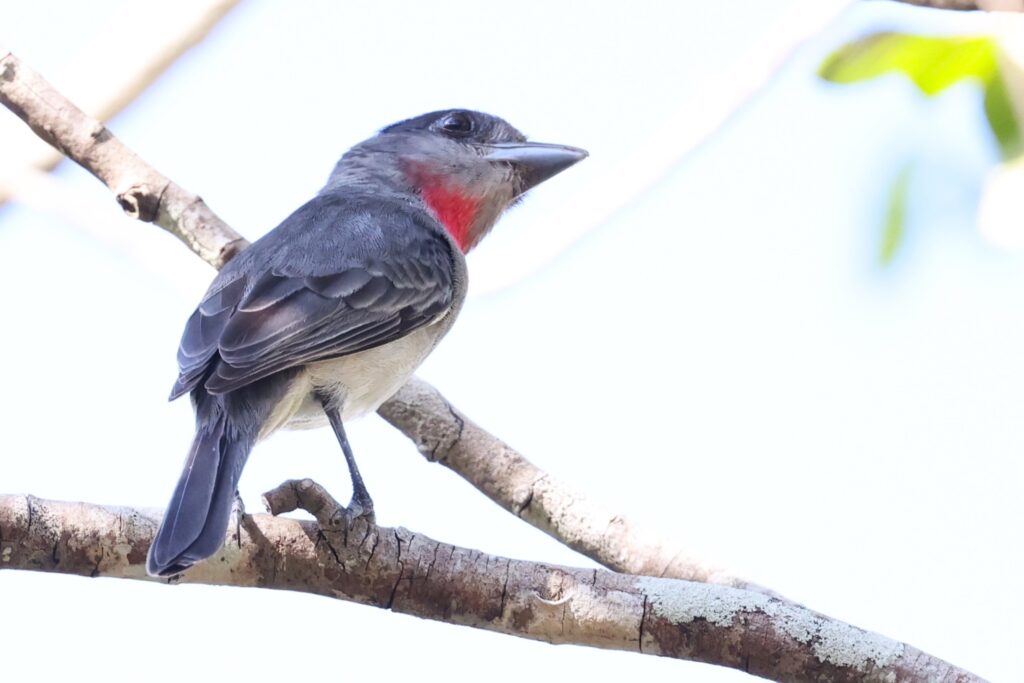
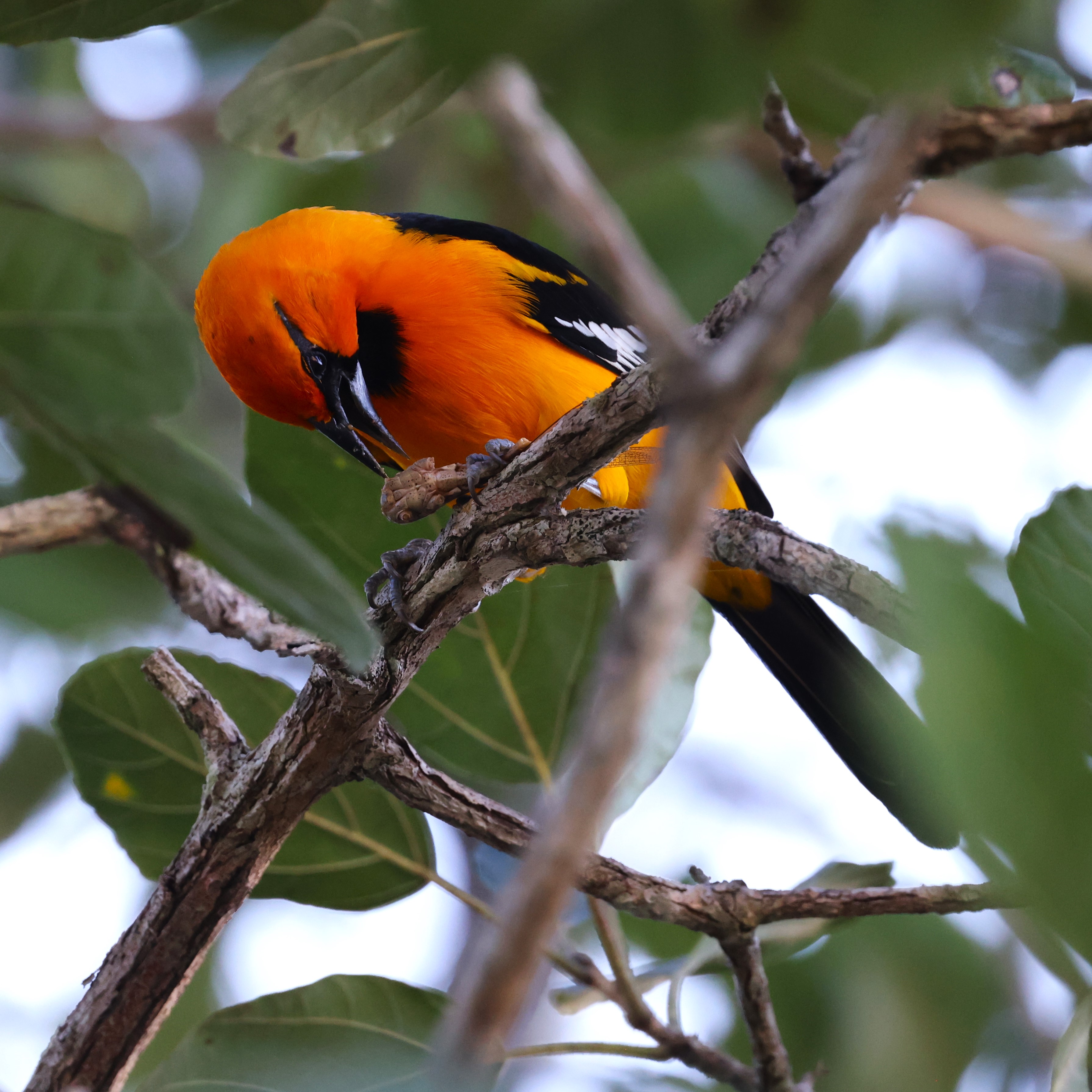
We were hungry and decided to go to the Uxmal Resort a mile away for dinner. Since we still had a half-hour or so of daylight we decided to walk a dirt road through the jungle until dusk. While the bird activity on this trail was quiet and disappointing, we were treated to a show of Vaux’s Swifts around the resort. Another lifer.
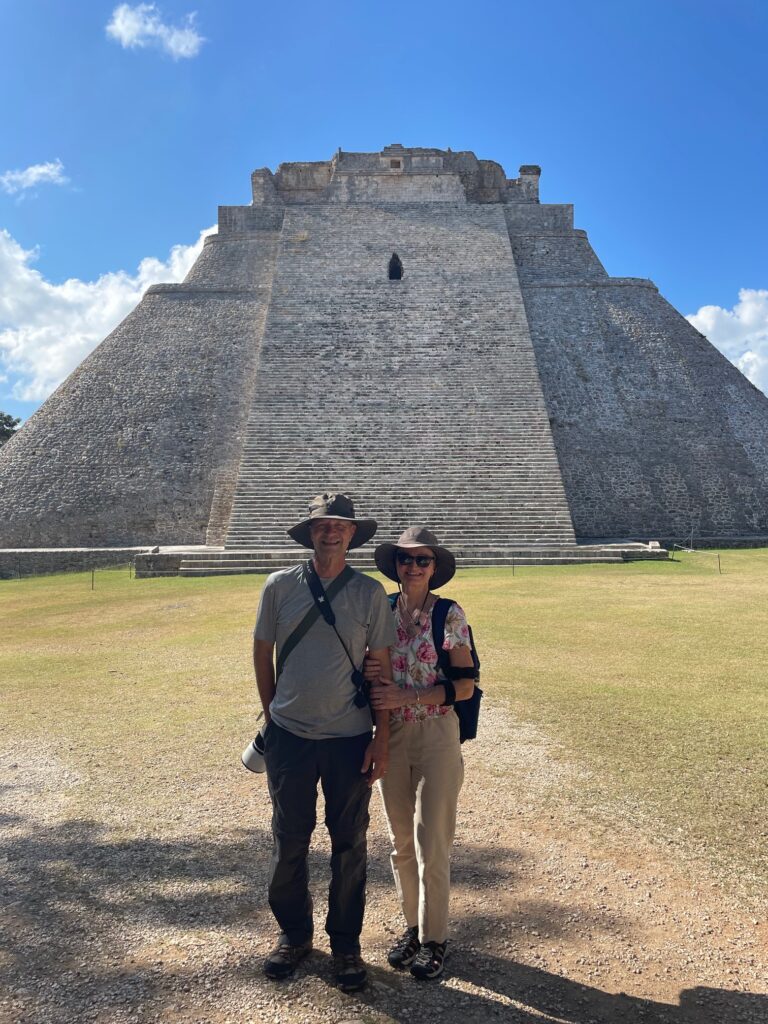
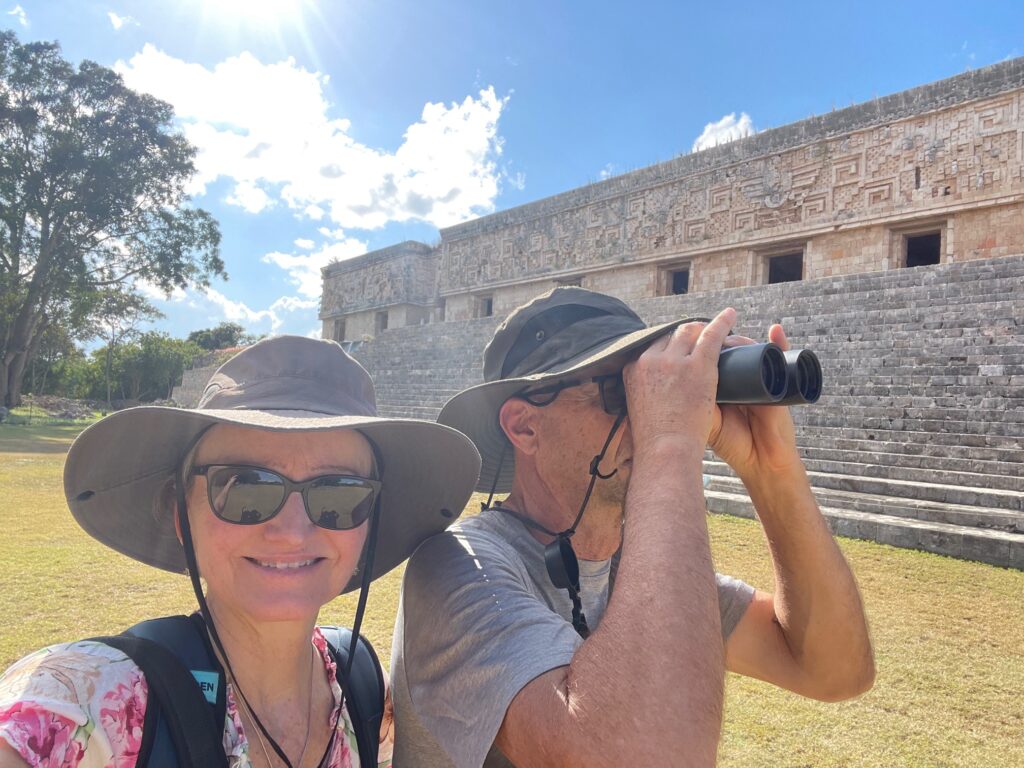
We enjoyed a cold Tecate and some typical Mayan food. There were no “Yucatan” birds on the day, but in the words of Gloria Estefan and the Miami Sound Machine, there’s Always Tomorrow.
Day 2 – West to Celestun
Another early rise with a couple of stops along the way planned before hitting the coastal town on Celestun and the protected estuaries surrounding the community. The two stops were Camino Chunchucmil and Senote Sabtun. These two stops were definitely worth it. Very birdy. The sounds lit up the woodlands and birds were fliting about continuously. In total, nearly 50 species on these two stops. Highlights here were getting the Yucatan Jay and seeing the Cavinet’s Emerald which is a strikingly green little hummer.
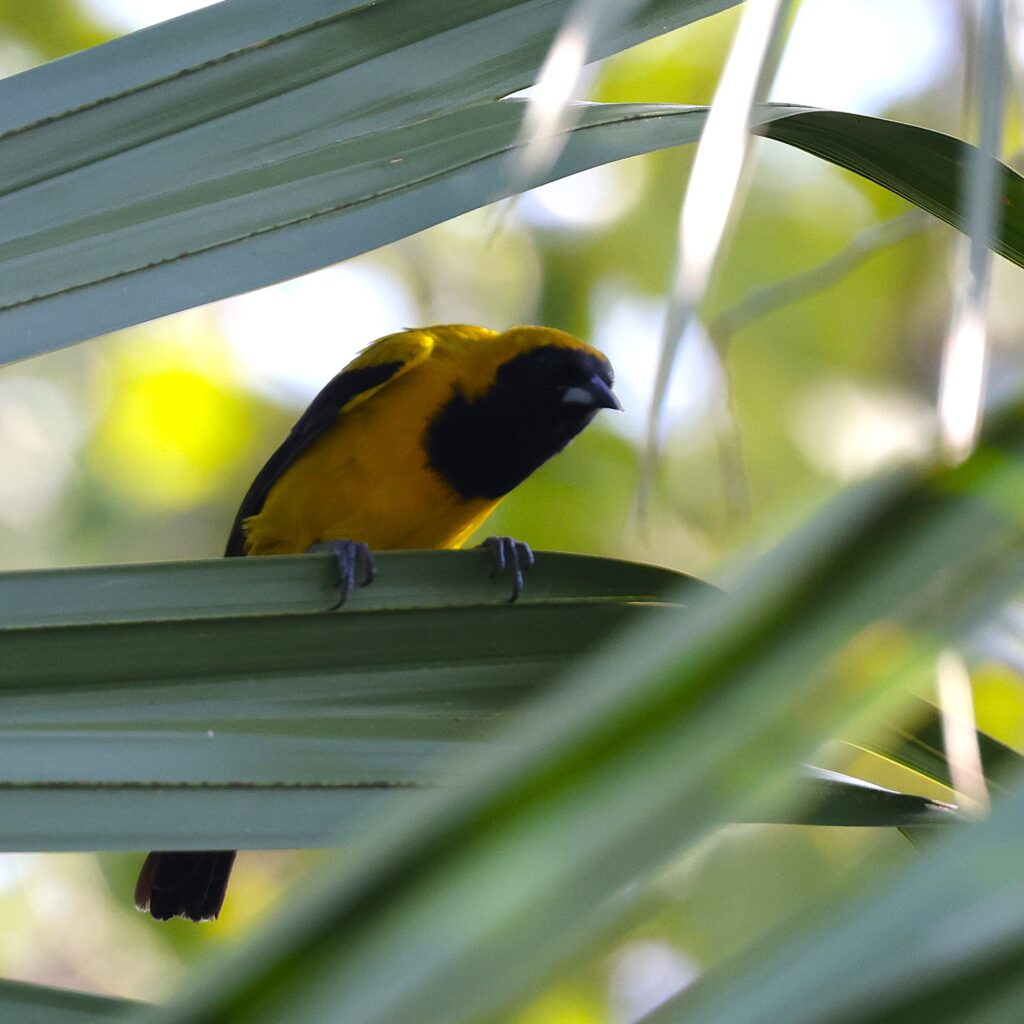
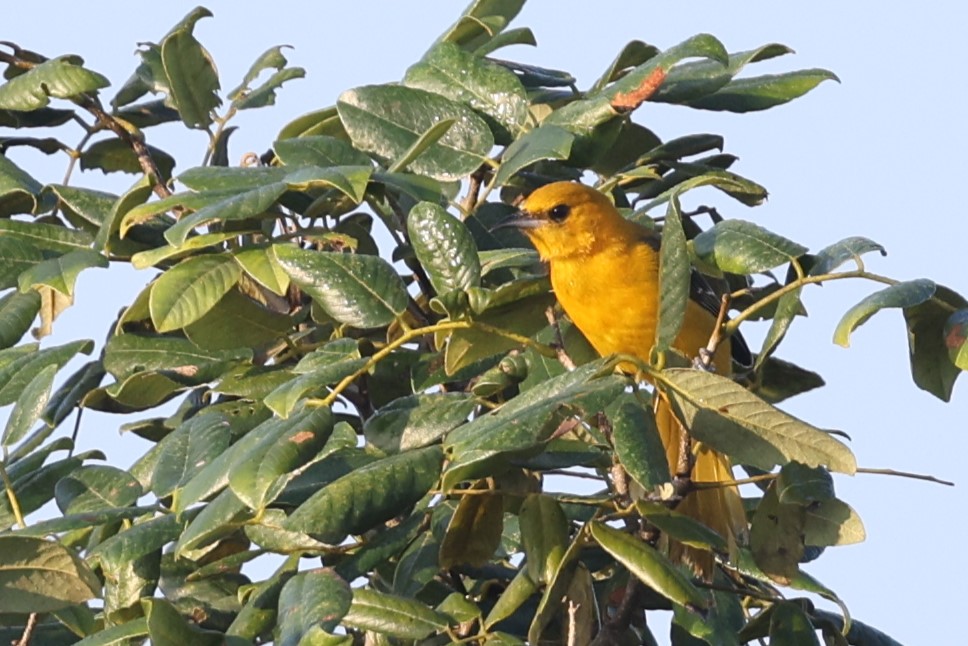
As we made our way into Celestun, the American Flamingo, would be the showcase bird. It did not disappoint. We stopped at many places in and around the mangrove estuary and had more Mayan cuisine at a street vendor downtown. It was very nice.
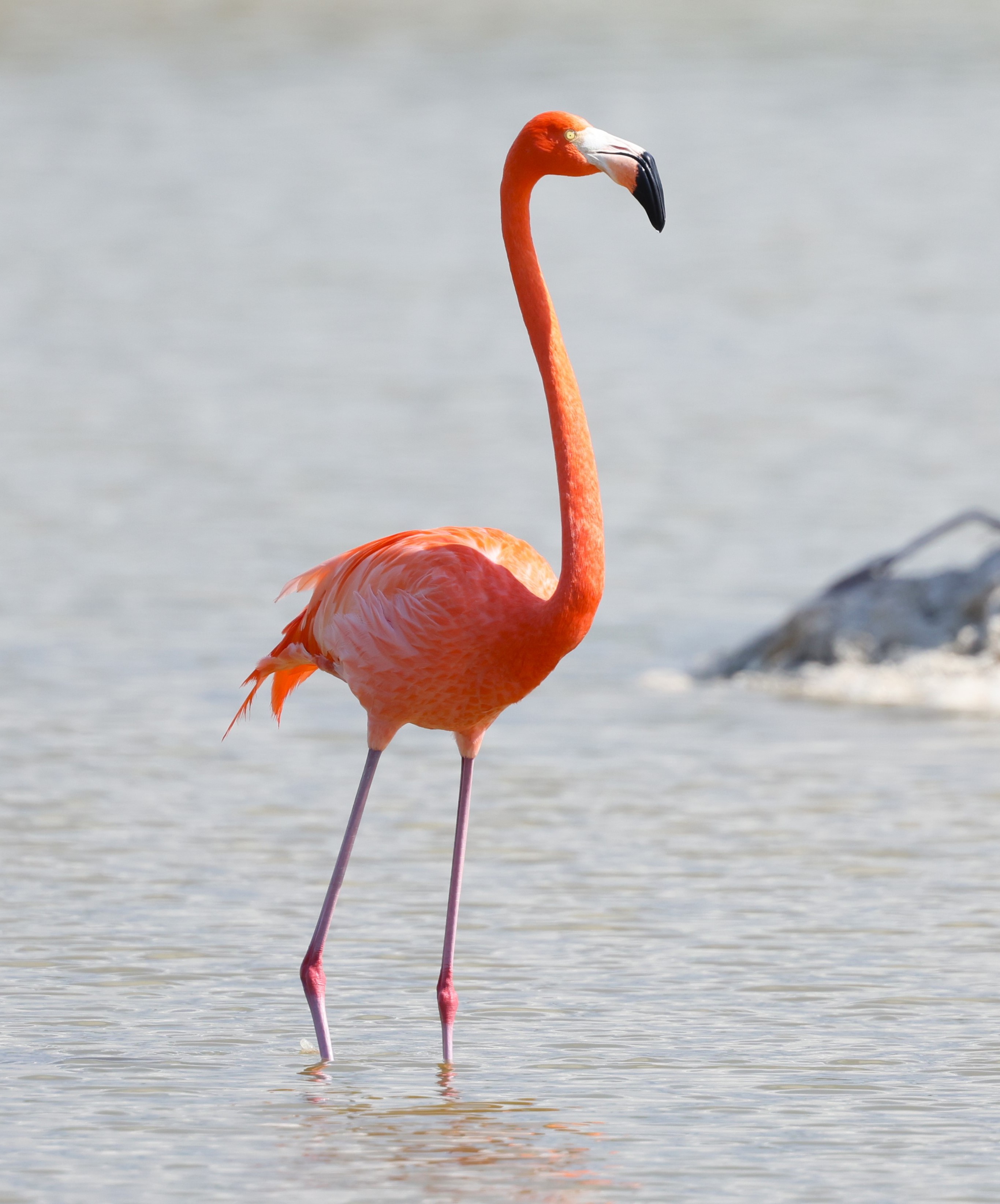
While photographing gulls and terns at an inlet, I noticed the odd situation with a Royal Tern’s bill. Check it out. He seems to have learned to live with it.
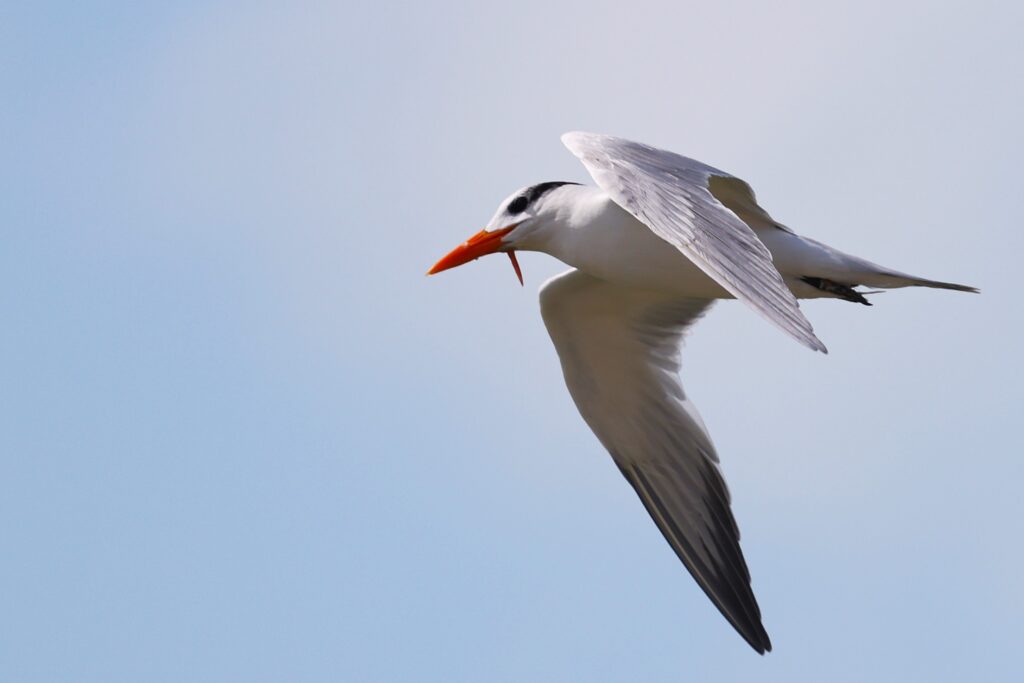
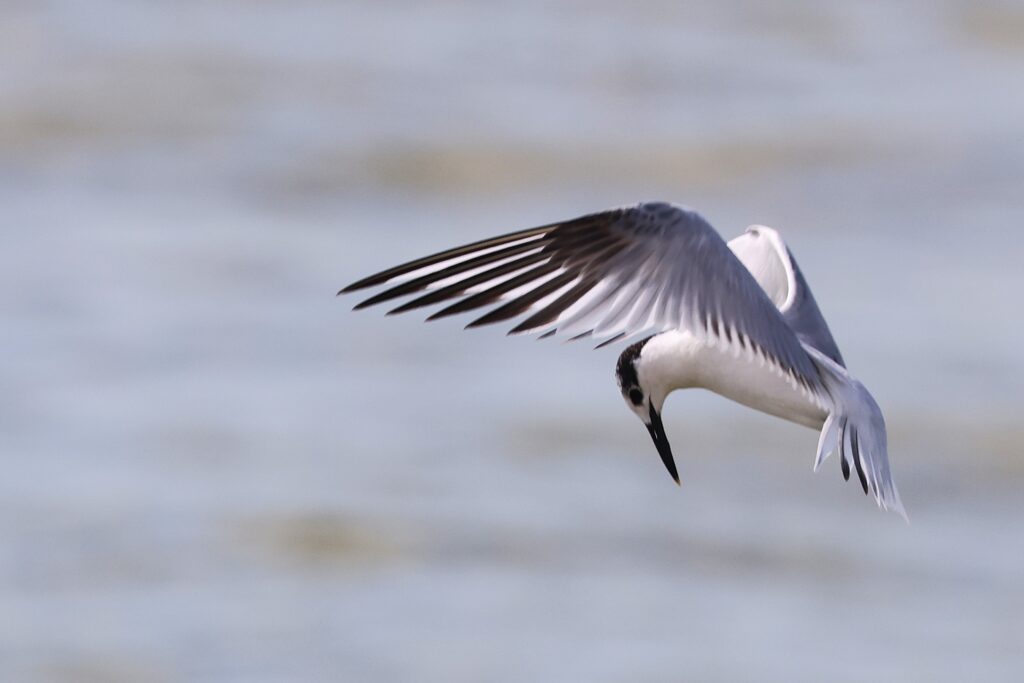
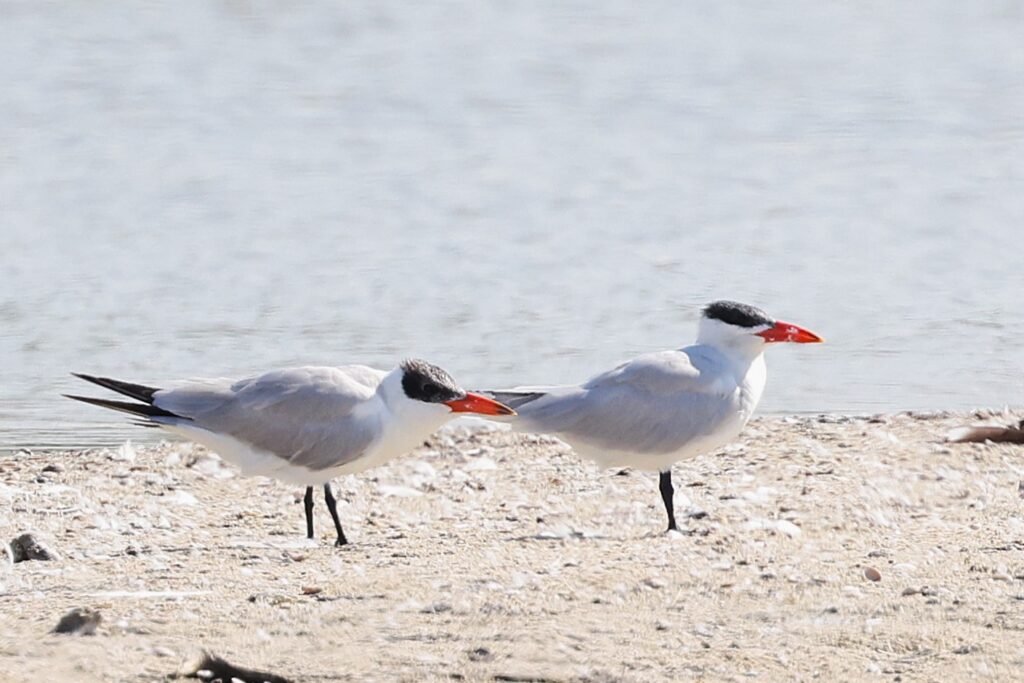
We rolled our way south through the reserve and entered Campeche where we were treated with great views of Yucatan Wrens, Flamingos and a Yucatan Flycatcher. The wren is an easy ID, but the flycatcher is a typical myiarchus flycatcher. They all look very similar. The call gives them away. This particular bird responded very well to playback and I was having quite the conversation with him
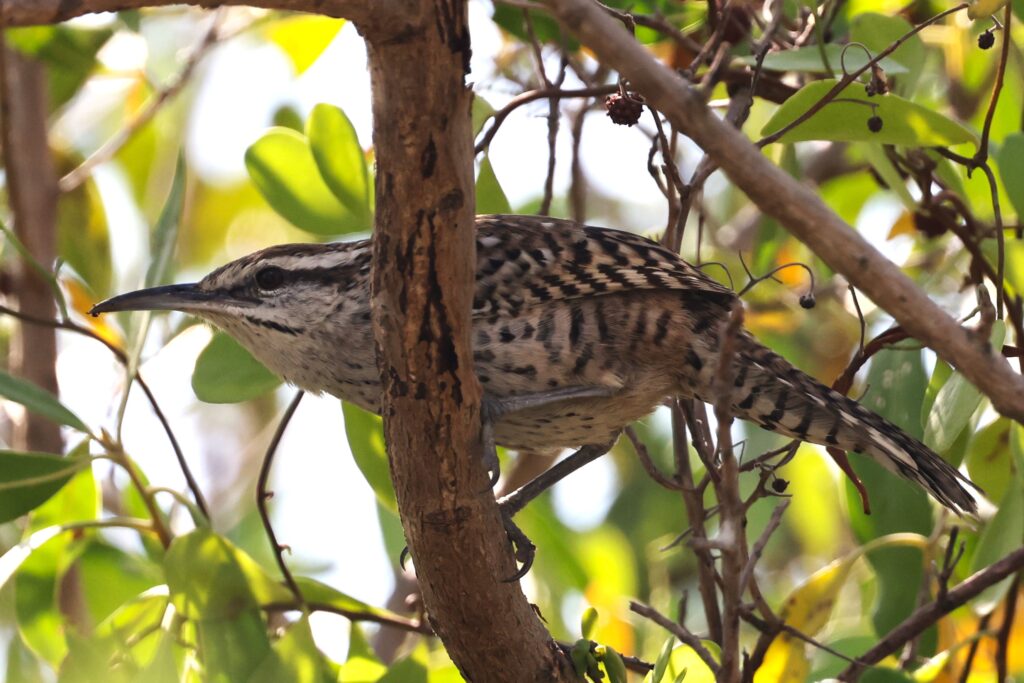
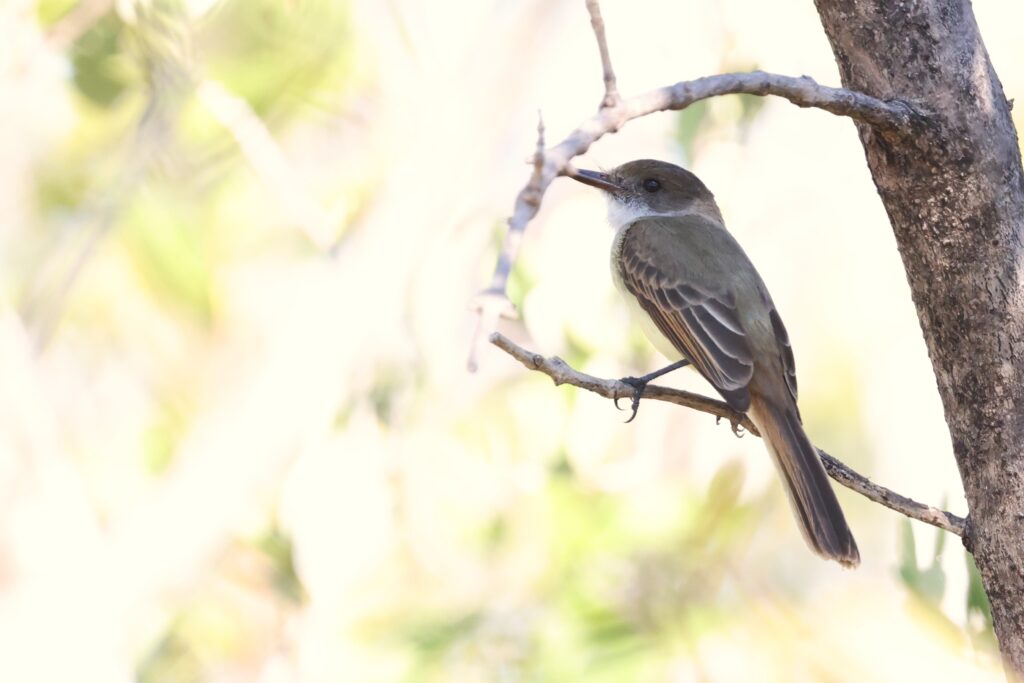
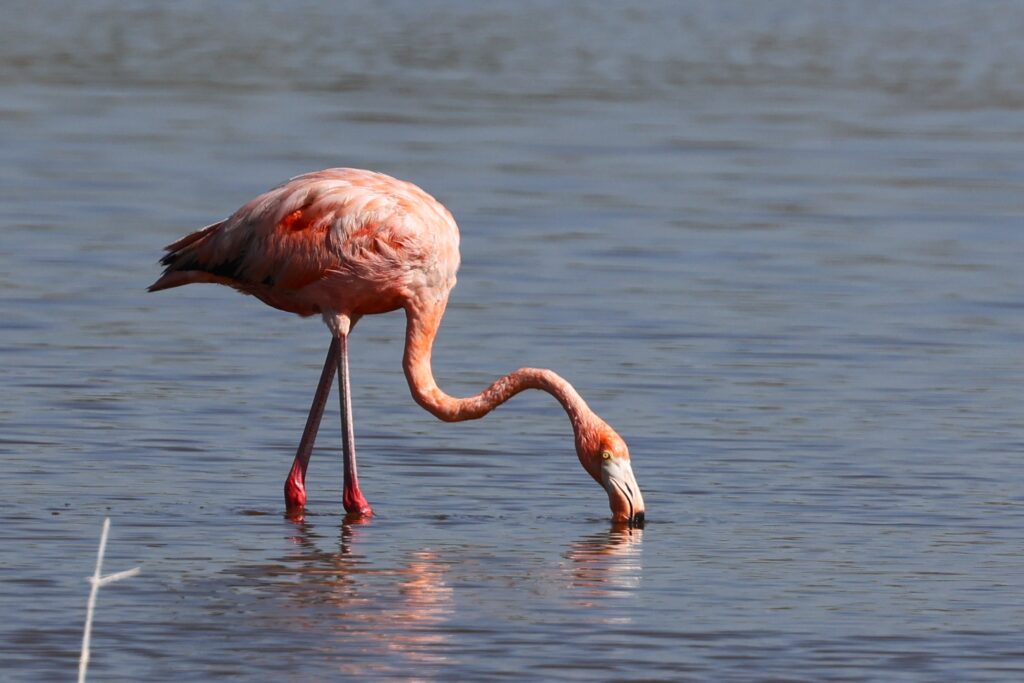
Day 3 – North to Progreso
Progreso is the tourism gem of the north coast of the peninsula. Cruise ships arrive nearly every day and the town survives on that tourism. But before we spent the day playing tourist in Progreso, we would stop at what is one of the most popular birding locations in the area, Camino a Meslebalam. We arrived at sunrise to find another group of birders with a guide. I approached them to say hi, but otherwise, kept my distance. I didn’t want to seem like I was trying to get something for nothing. We saw 45 birds and added Yucatan Woodpecker to the list. Aside from the woodpecker, I got a good look at the Rufous-browed Peppershrike, a Mangrove Vireo, and a pair of Black Catbirds. There was also a couple of lifer wrens that were heard frequently, but too skulky to get a photo of
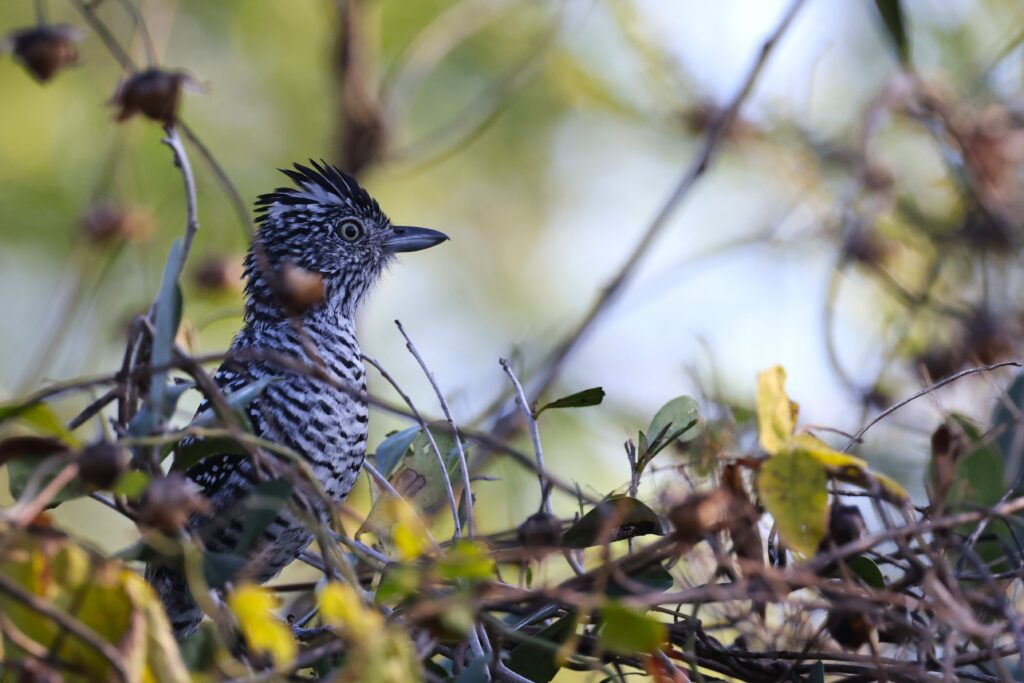
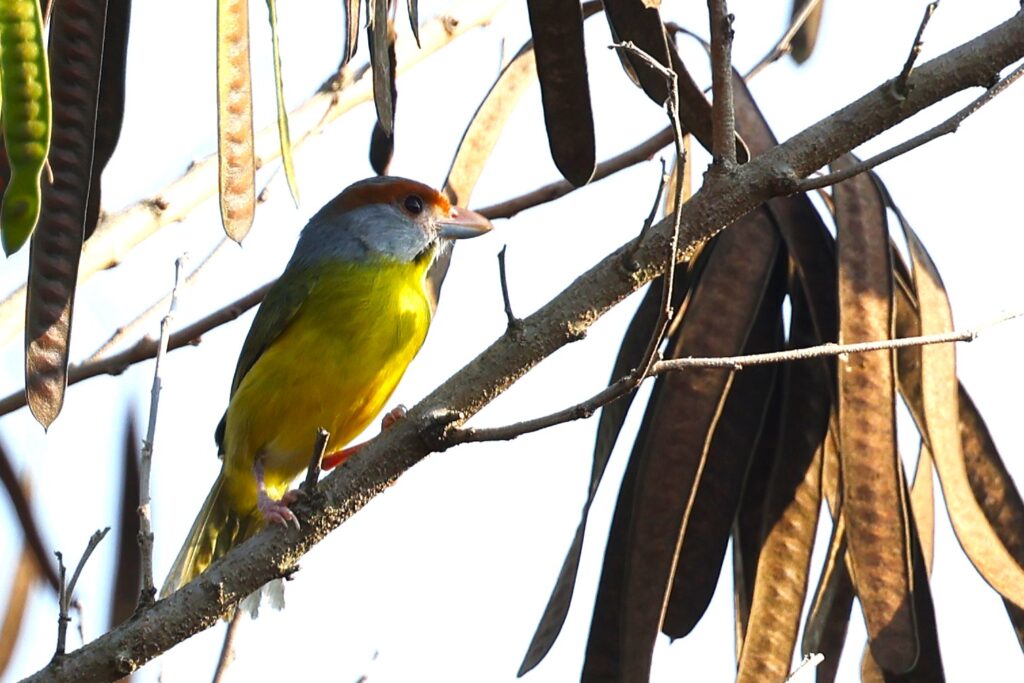
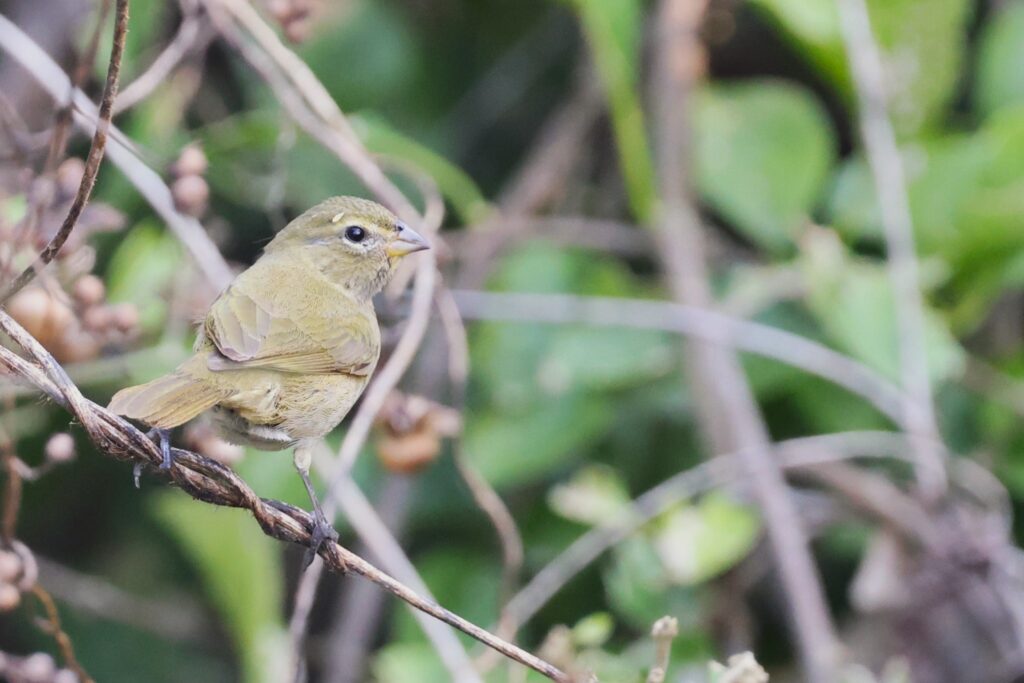
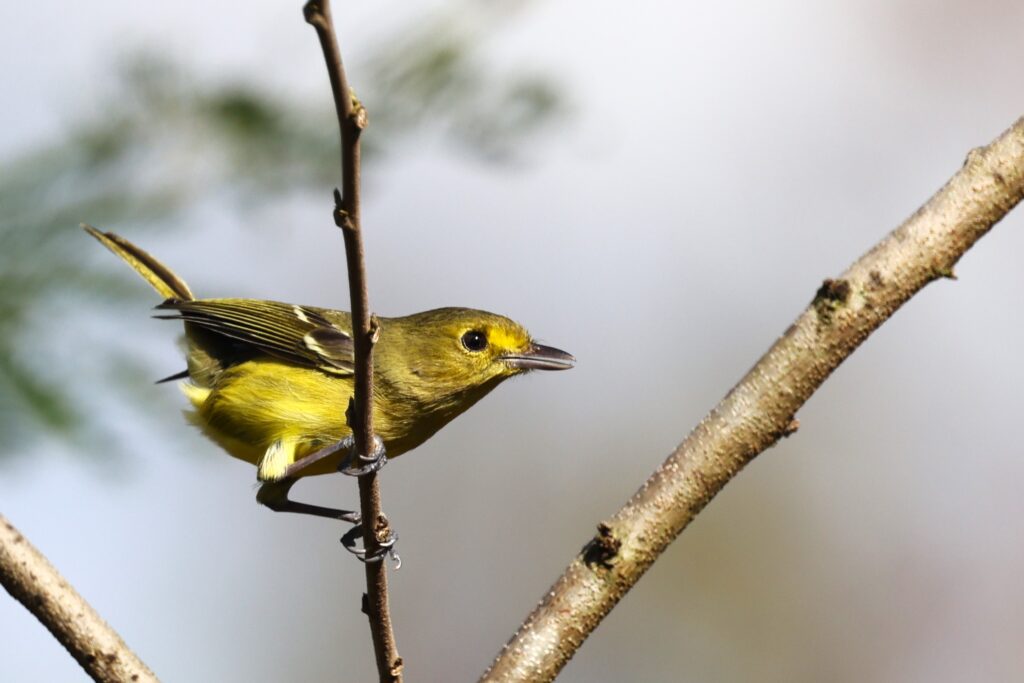
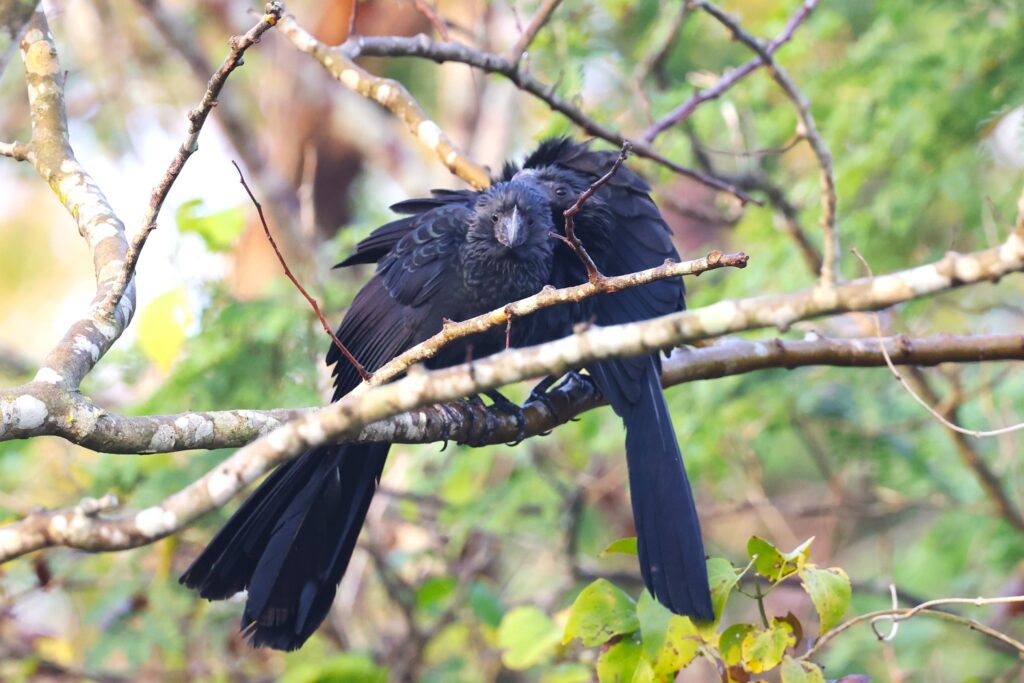
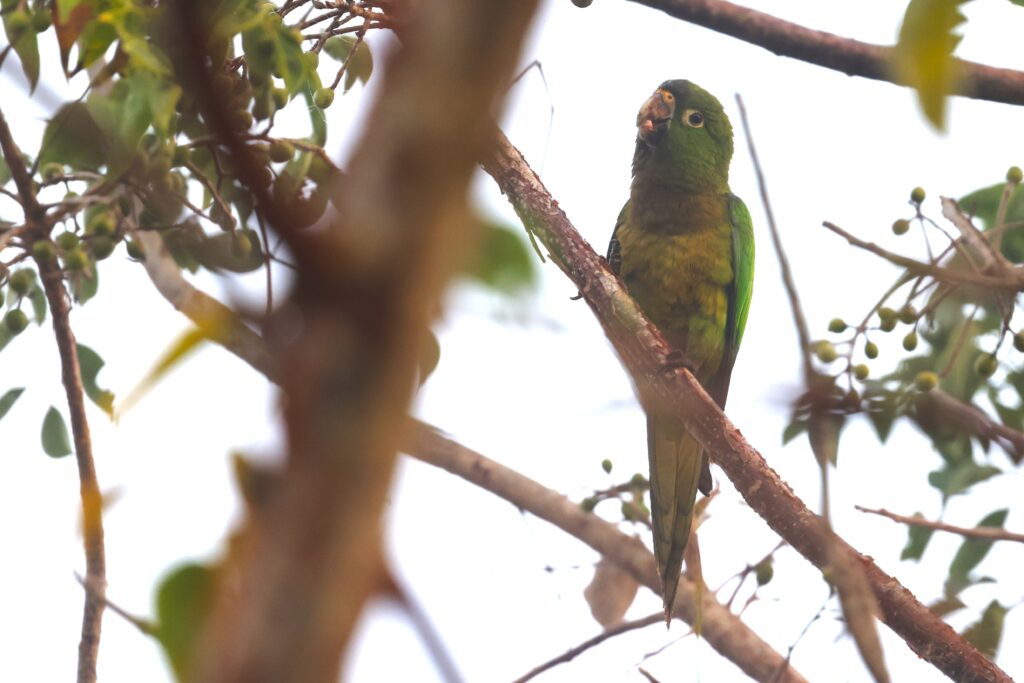
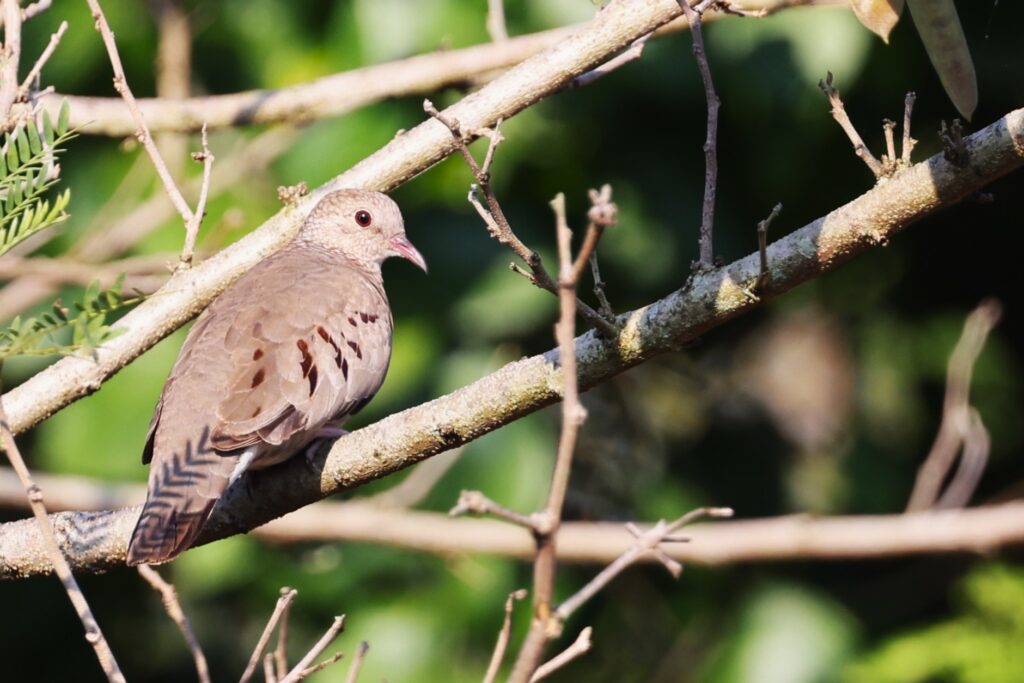
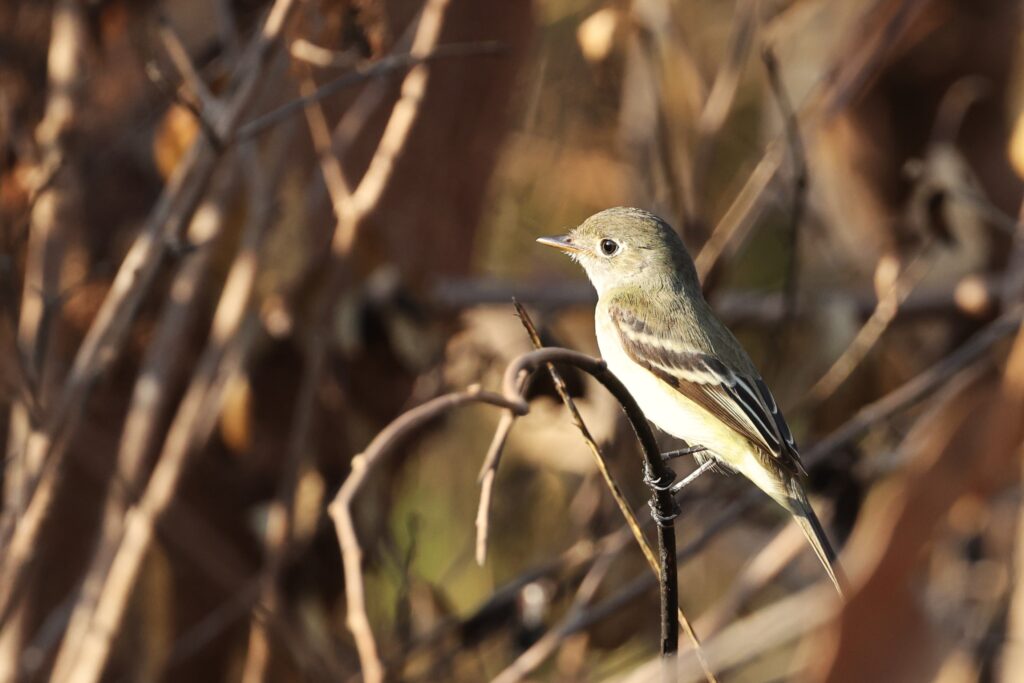
The Yucatan Woodpecker is nearly identical to the more common Golden-fronted woodpecker. The difference is the overall size of the body and the bill. The Yucatan being much smaller. Also, the head shape is rounder to give it an overall cuter look. It is a similar ID challenge as Downy vs Hairy Woodpecker.
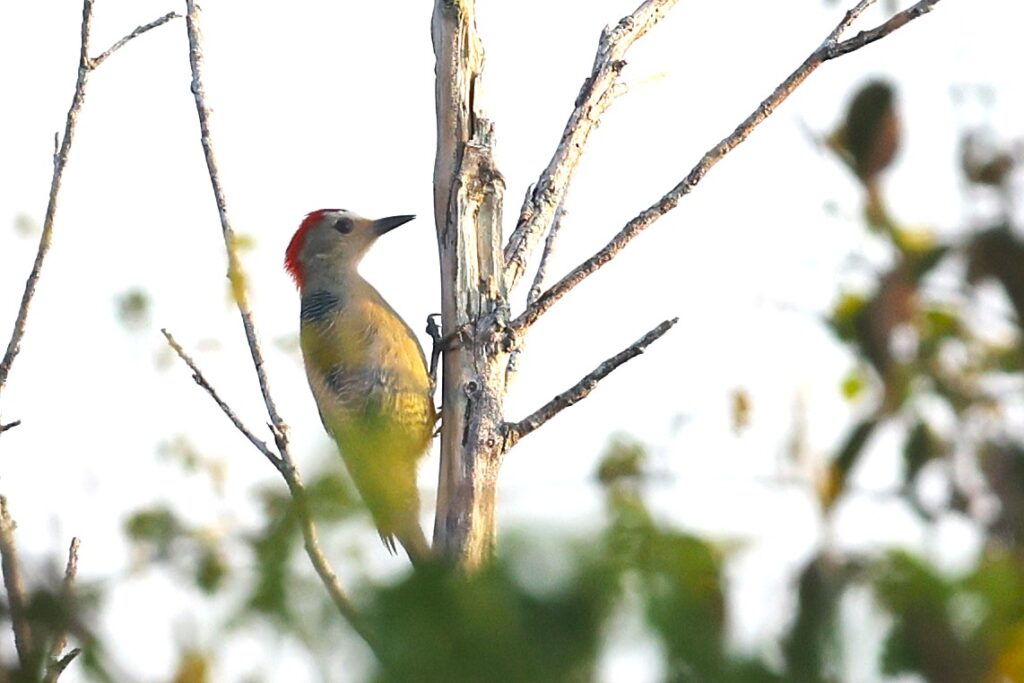
We had the classic “5-minutes too late” birding situation here. After we decided it was time to head to Progreso, we came off the trail and onto the dirt road to walk the quarter mile back to our car. A lady coming down the dirt road stopped to talk to us. She asked us if we saw the turkey that crossed the road just now by our car. Sadly, no, I did not. The Oscillated Turkey is a marquise species for Yucatan birders. Had I stopped birding 5 minutes sooner, I would have that bird on my list.
After playing tourist in Progreso for a few hours, it was time to chase the one remaining hummingbird that I needed while birding the Yucatan. The Mexican Sheartail is a mostly drab bird with a long decurved bill that is very range restricted. It lives only on the north coast of the Yucatan peninsula within a mile of the beach. Females outnumber males 5 to 1. Males have a nice amethyst gorget but are otherwise grey and drab. Females are drab. We drove the dirt streets of the Progreso neighborhoods looking for the bird. We occasionally saw a hummer screaming over the road but never stopping for a look. Finally, there was a hummer perched on a power line directly above the road. A quick look with the bins confirmed a female sheartail. But before I could get out with my camera, the bird flushed from the passing of some pedestrians. Dang. That was the only look I got.
Day 4 – Back to Camino a Meslebalam
I encouraged Mirka to sleep in on this morning. I planned to leave well before sunrise to see if I could get one of the “Yucatan” nightjars and to really focus on the Yucatan Gnatcatcher and Yucatan Vireo on my last day of birding the Yucatan. To make a long story short, I failed on all accounts. But there were other successes. I finally got some decent Yucatan Jay photos and White-bellied Wren photos. I also logged 63 birds, which I am pretty sure was my biggest day in a long time.
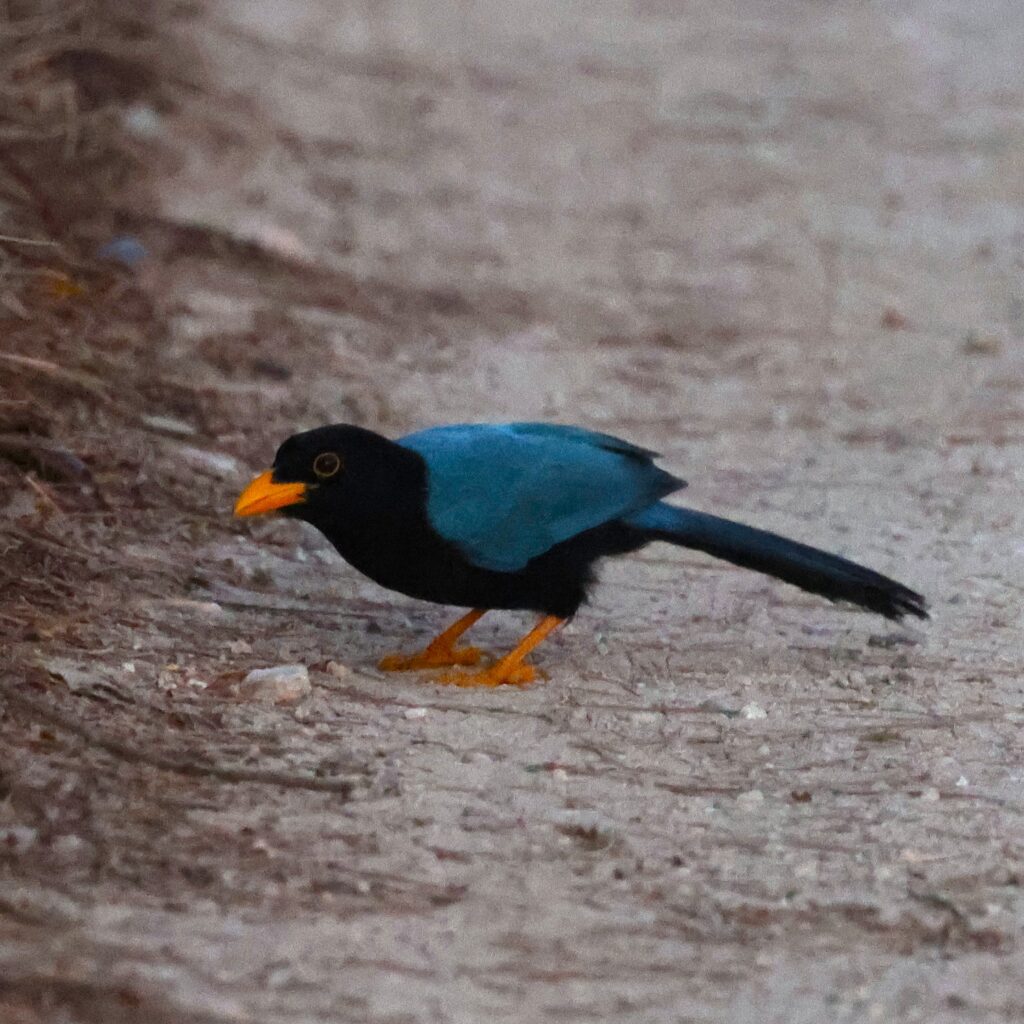
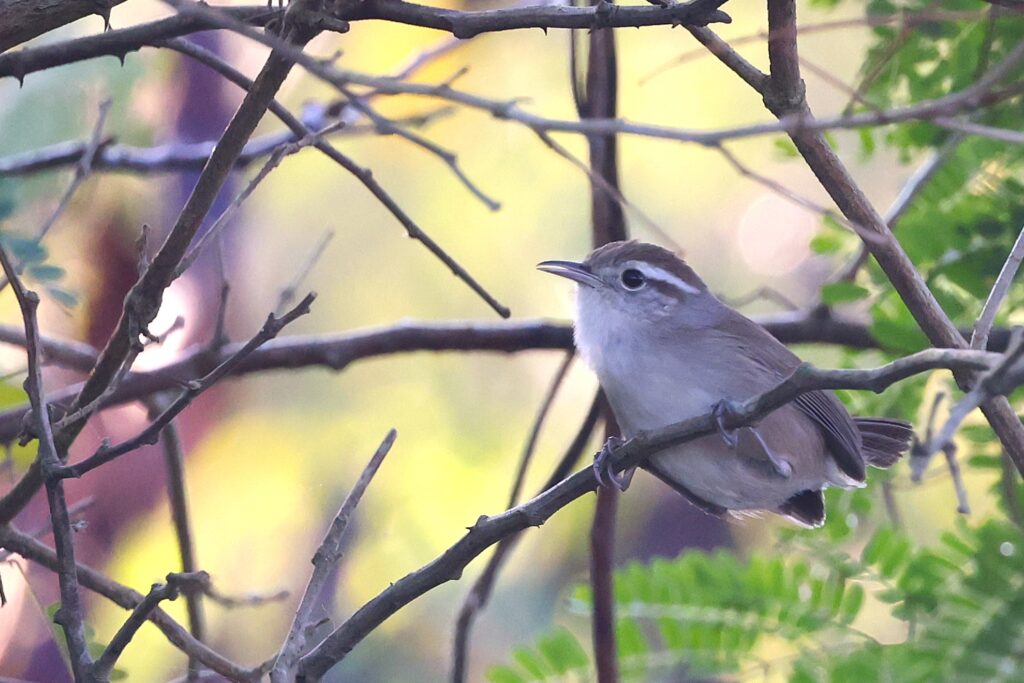
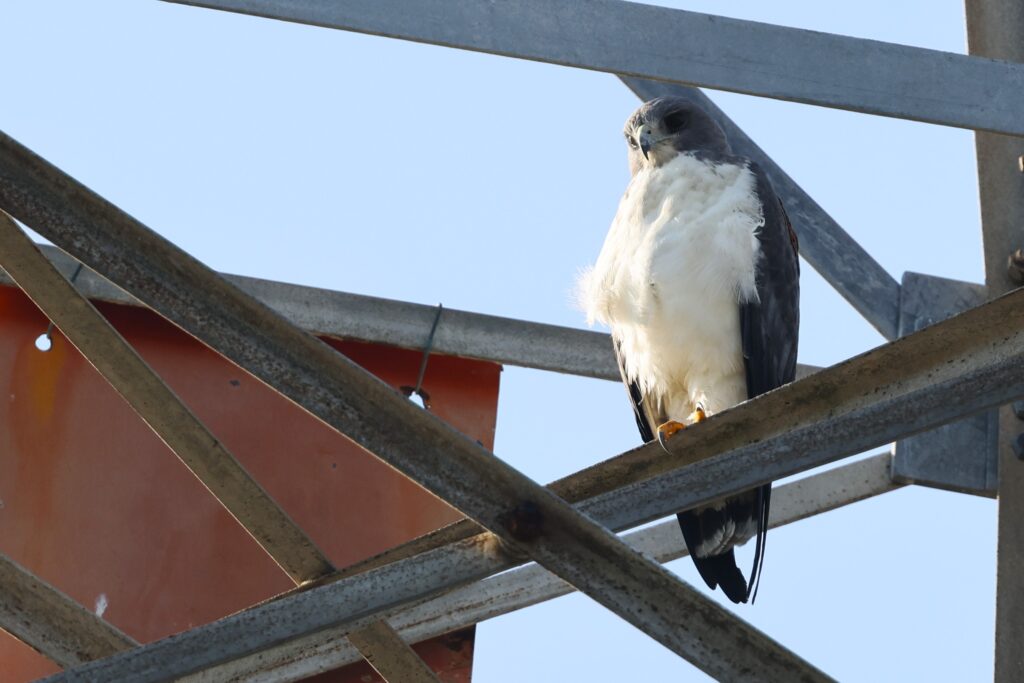
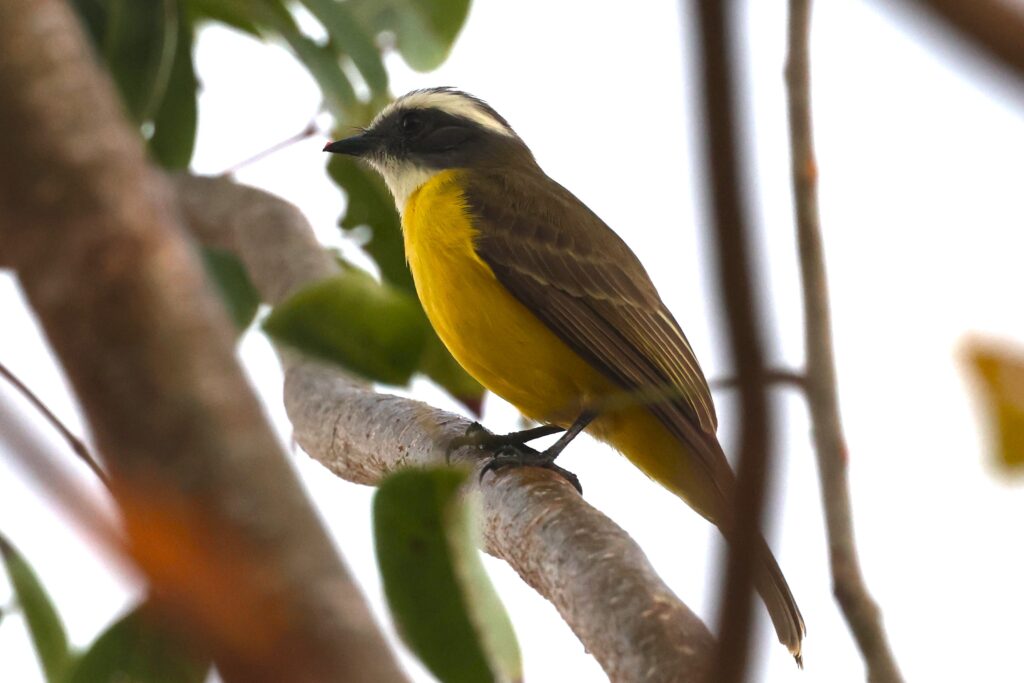
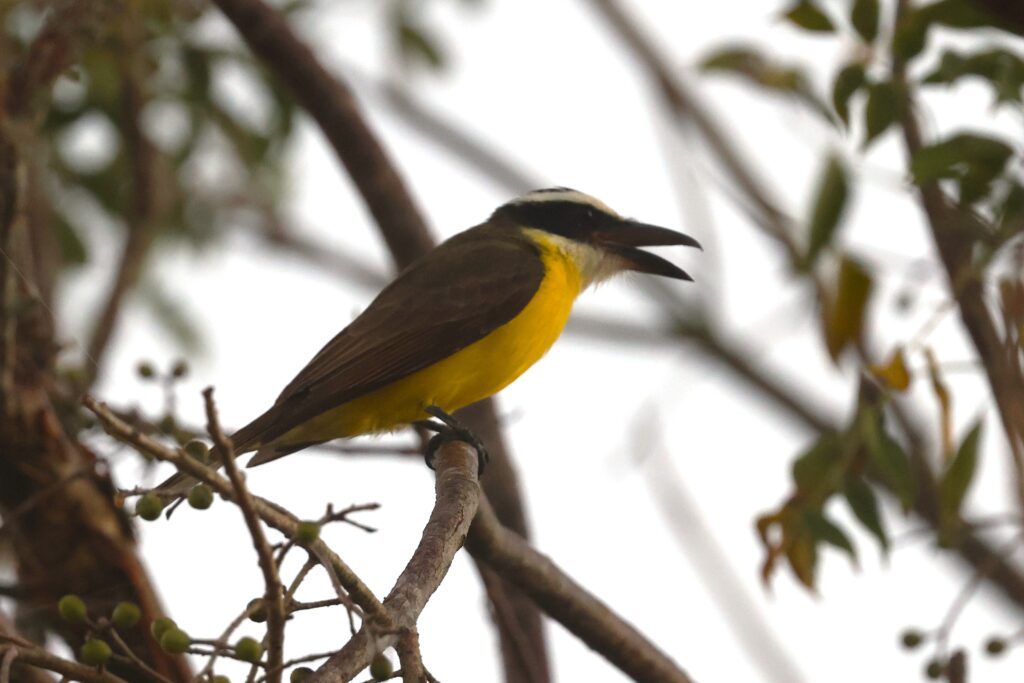
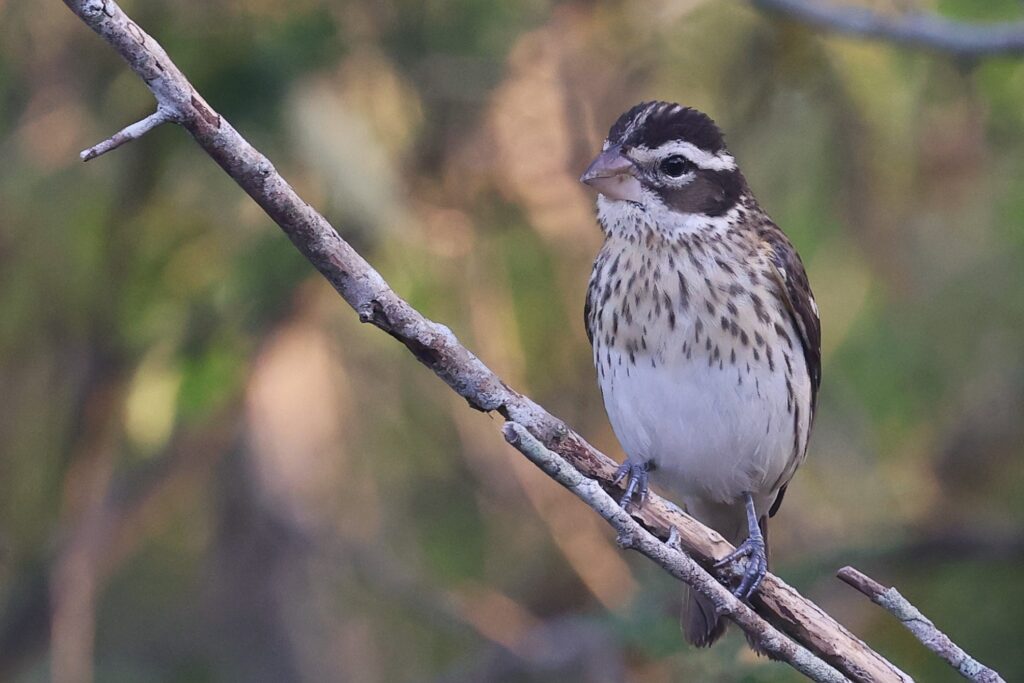
Birding the Yucatan Technical Notes
As always, I learned some things while birding the Yucatan.
First was the diversity of genus, Icterus, aka Orioles. There are 32 orioles in the new world and 8 of them can be found in the Yucatan during the winter months. I identified 5 of these. Some of these species are very similar. Good knowledge of the field marks is important to field ID. A decent photo is even better. Details like bib shape, bill prominence and shoulder color matters.
Secondly, eBird works in mysterious ways. eBird has a three-tiered approach to birds that don’t belong in a particular location. For example, if you had a pet Scarlet Macaw in Brackettville, Texas and it escaped into the wild and was observed by the guy down the street, eBird would count this as an Escapee and it would not count on your eBird lists. If that Scarlet Macaw somehow encountered another Scarlet Macaw and made babies and their babies made more babies, etc., etc. then eBird would likely raise the bird to the next tier, Provisional. Now it will count on your eBird lists.
If this same group of Scarlet Macaws became stable in this location and even flourished over many seasons then eBird would bump it to the next tier, Naturalized. All this I knew, more or less.
What I didn’t know was that when I saw White-fronted Amazon and Tropical Mockingbird in their native range, the Yucatan, that eBird would replace my original sightings in South Texas and Panama, respectively with the new sightings on my life list. Why? Because the original sightings were not in the native range and were either Provisional or Naturalized.
Ebird drives to replace non-native sightings with native sightings.
Next time I am in Spain or Eastern Europe, I will be looking for that native Rock Pigeon!
Key Takeaways from Birding the Yucatan
Merida really lived up to its reputation as a safe city. The town center is large and historic with lovely parks, great restaurants and friendly people.
Great birding is very accessible if you have a rental car.
Mayan cuisine is different from Mexican cuisine and very tasty. My personal favorite was queso relleno which is a cheese ball filled with meat and submerged in a tasty sauce. We also loved Poc Chuc which is a roasted pork dish and the cochinita pibil which is something like a taco but not quite.
In summary, I identified 142 species of birds including 19 lifers and 4 of the 6 “Yucatan” birds I was looking for.


Beautiful birds!! Love the selfies
As always, another great report. To confirm your comments about Merida, my neighbors here in Tavares FL, Betty and Colin Hill, like Merida so much that they bought a house there last year. In fact, there are spending 3 weeks there right now. They are not birders but both a crazy about different kinds of foods anywhere in the world. Merida food helped convince them to buy there. After a visit there, his Canadian parents also bought a house down the street from Colin and Betty. They have been telling me about how safe and pleasant Merida is.
I never thought of Merida and the Yucatan as a birding destination, but you have proven me wrong. BTY, Alex and Sherry Chester are following your footsteps in Darien, Panama, this week. Enjoy the rest of 2025, you two. What a world you are enjoying.
As usual, I loved the blog and the photos. I am learning a lot from your birding adventures. The bird pictures are beautiful as well as the landscapes and cities. Stay safe and enjoy.
Thank you so much for sharing Cuz. I did not know about Merida. I always enjoy your post and look forward to seeing more.